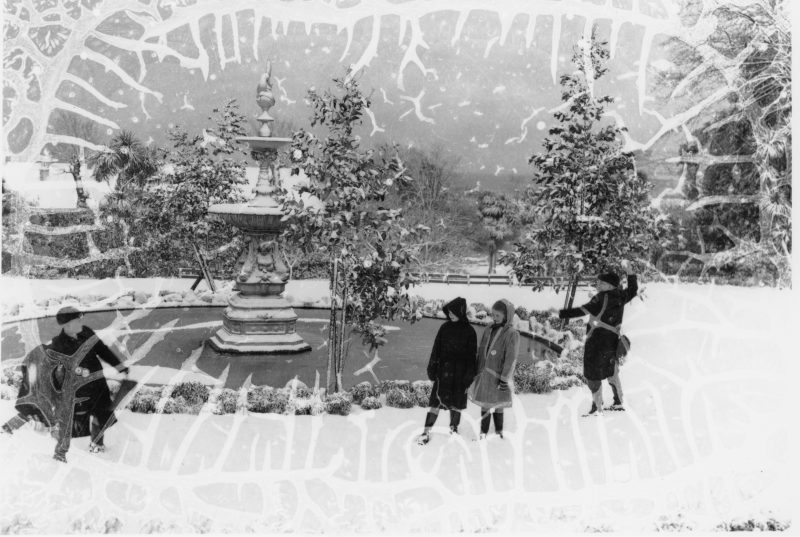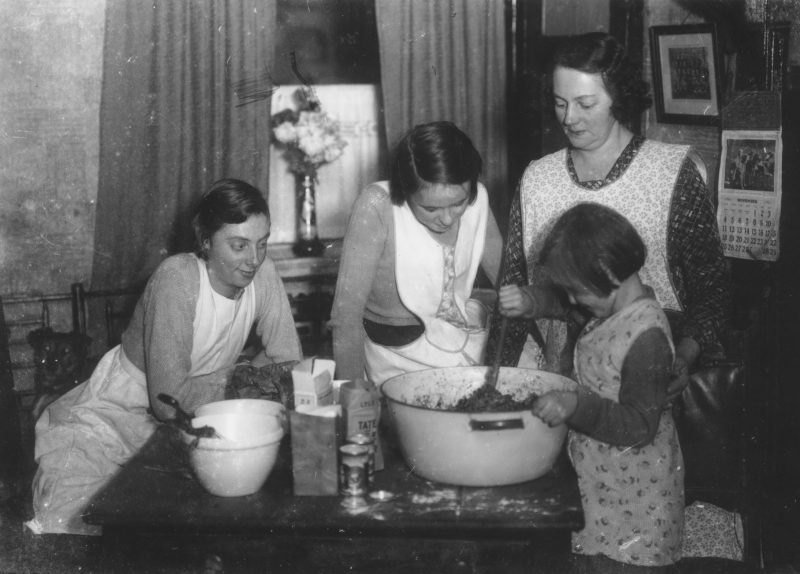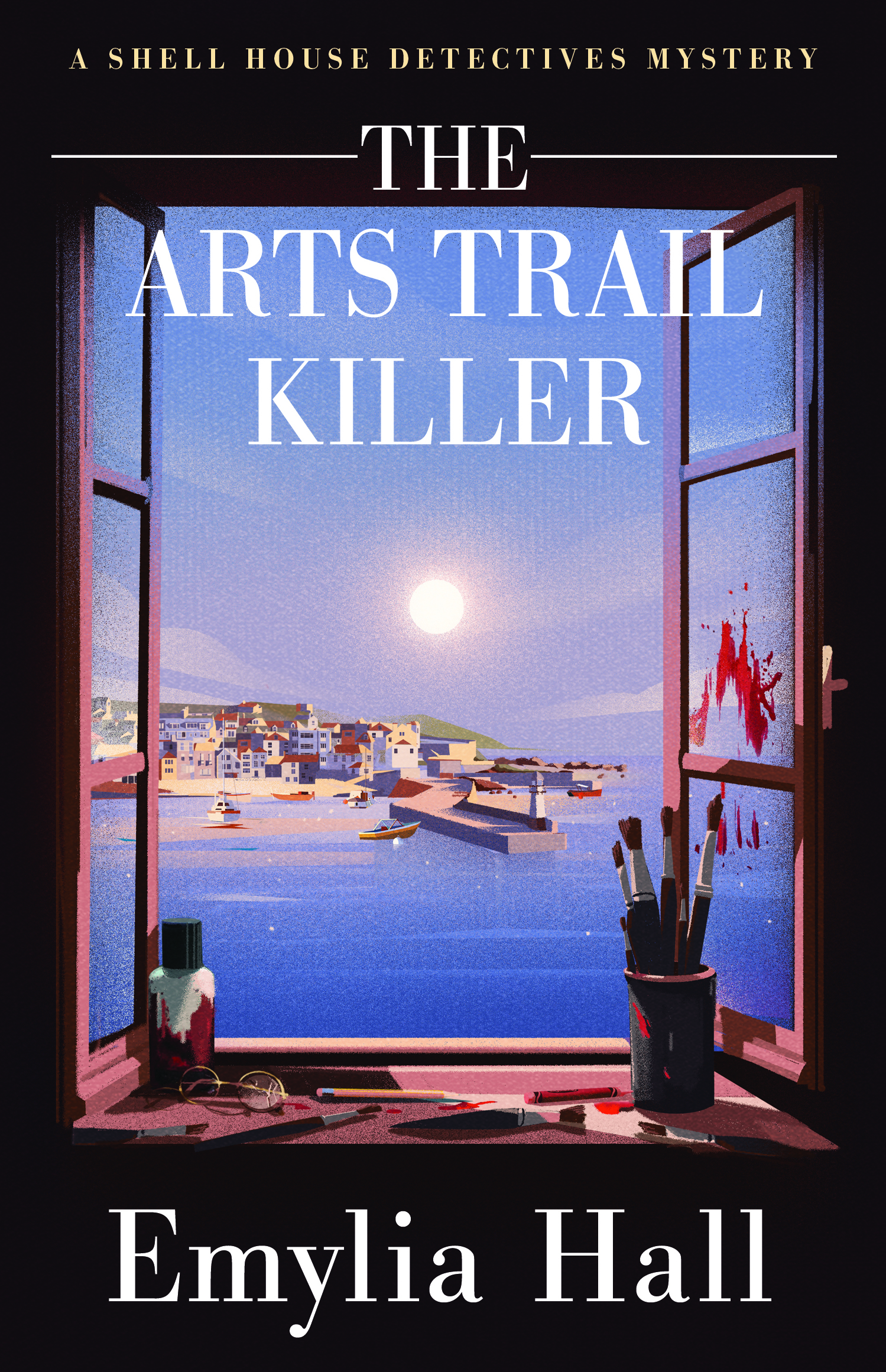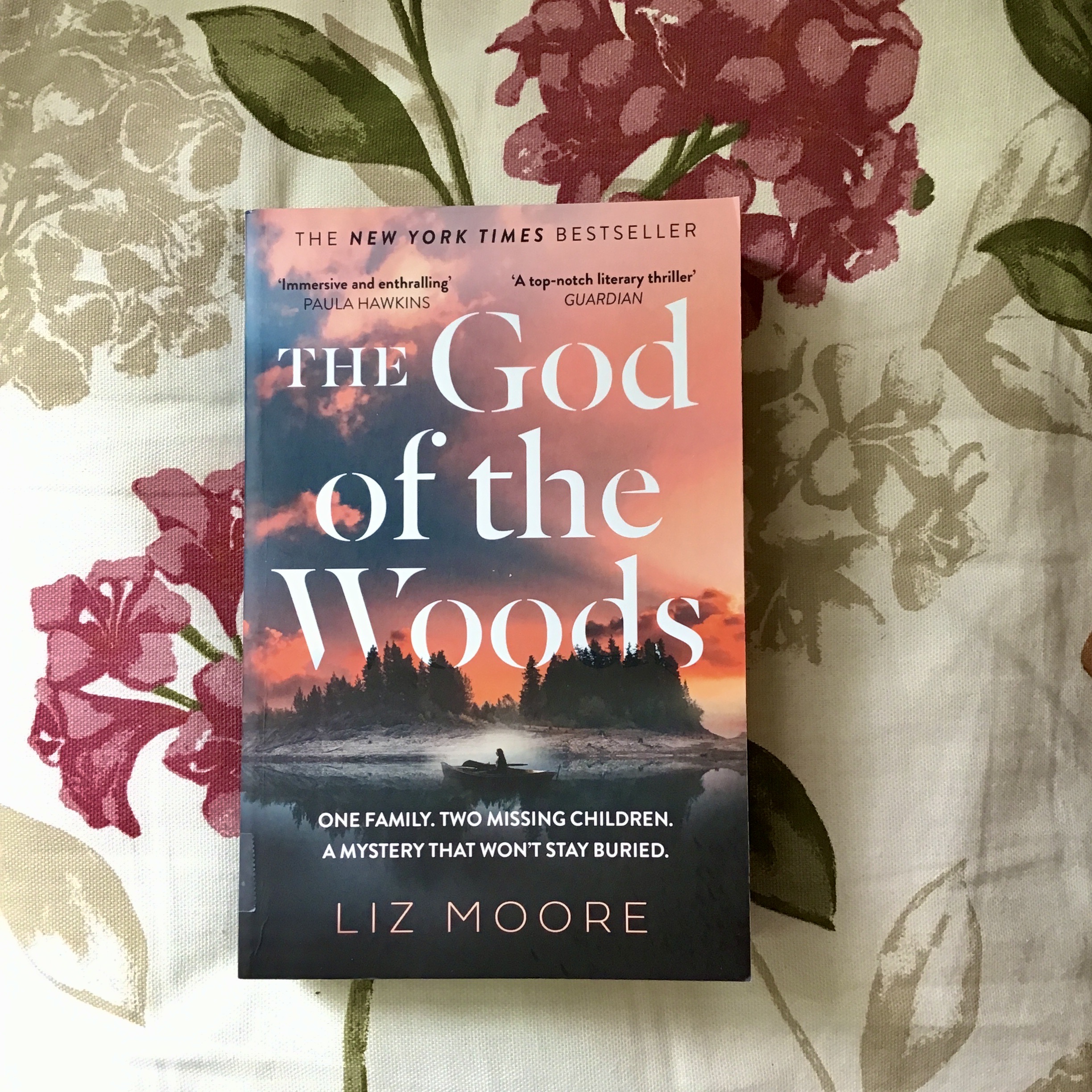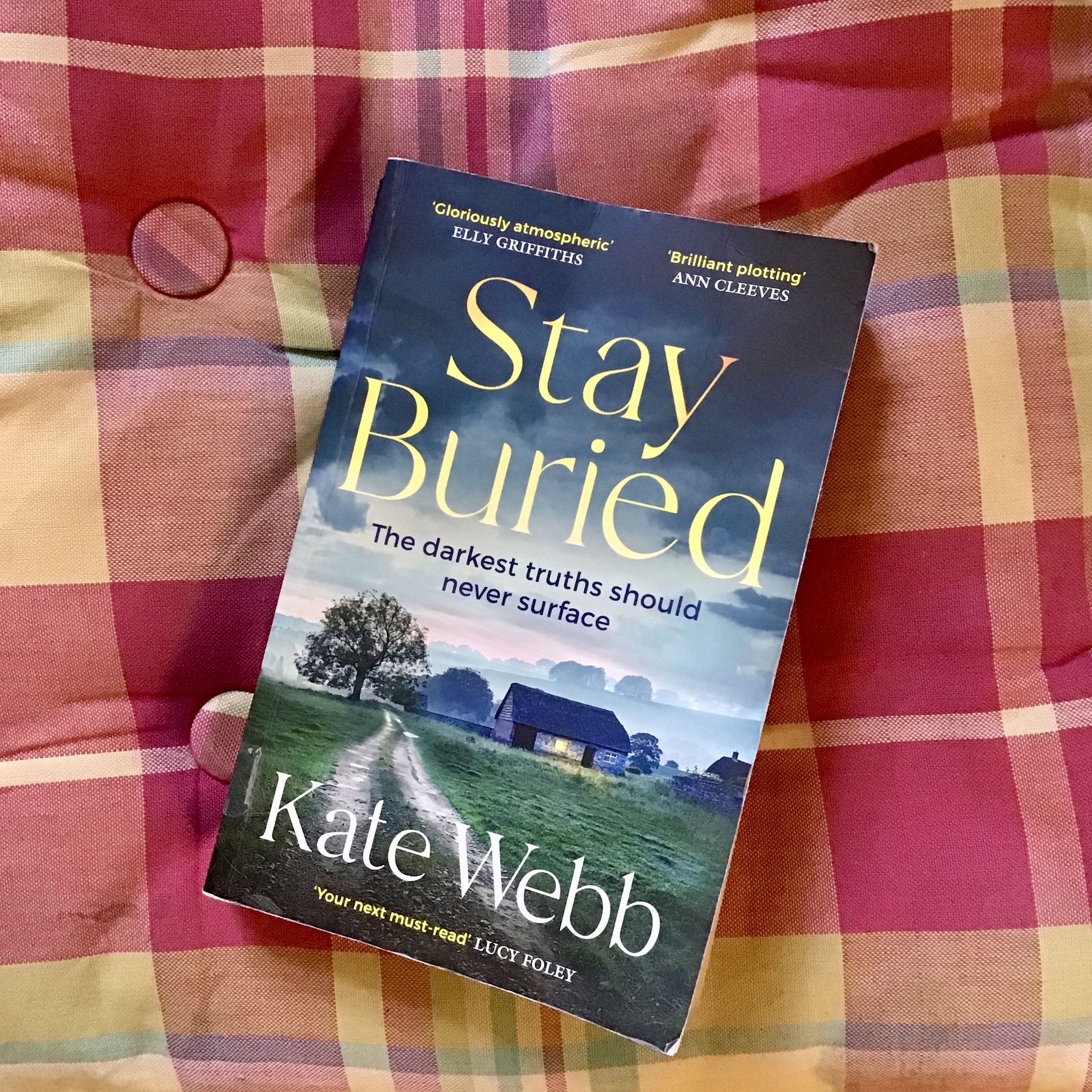Hearing of Halliwell’s visit, and desperate for the opportunity to better himself through his talents, Blight contacted him to offer his services as an illustrator.
The following year brought John Blight the opportunity to work for this illustrious and successful client. He was neither an experienced negotiator nor a man of the world like his future employer, and entered into what, to our eyes today, appears to have been a one-sided arrangement in which Blight worked obsessively to record Shakespeare’s birthplace (Halliwell’s perennial project) in return for being an occasional guest on holiday trips and at the Halliwell’s home, and expenses incurred when working in Stratford. Being a quiet and sensitive man, he was initially stimulated by the attention and genuine affection he received, and felt unable to demand what he was rightly due. The Shakespeare volumes materialised slowly, never repaying the amount of work Blight had put into over 600 drawings and etchings that he had, in his enthusiasm, given over directly to Halliwell.
In successive years Blight’s reputation as an archaeologist grew, but it was not an occupation that attracted a regular income. Overwork and desperation about money contributed to John Blight’s breakdown which began in 1868, and his attachment to a local woman, Evelina Pidwell seems also to have contributed to his downfall. James Halliwell became aware of his friend’s struggles when he began to write desperate letters asking for commissions, but choosing to ignore the signs, Halliwell eventually threatened to ‘cut’ him. Only when Blight’s father wrote to him explaining the difficulties they were experiencing as a family, did Halliwell show any concern for the artist. It is significant that James Halliwell was among those responsible for setting up a fund to pay for Blight’s confinement at Bodmin asylum, and was undoubtedly one of those alluded to in this letter from the St Lawrence
Hospital Management Committee, dated 1968, to a Blight researcher:
“…when he was admitted…the Form of Guarantee signed by Robert Blight and Thomas Cornish was for one month only…However, from the correspondence it would appear that interested people or relatives were making arrangements for a further Guarantee of a longer duration”. (Extract from letter to Miss M Ingleden, 12 February 1968)
Writer John Mitchell (A Short Life at Lands End, 1977), deeply sympathetic to John Blight’s story, concluded:
“Blight’s ‘death to the world’, as Halliwell put it, took place with his committal to the Asylum when he was thirty-five, his active life was indeed a short one. Halliwell’s carefully ambiguous phrase, which occurs in the introduction to his Calendar*, printed in 1887, gives a clue to how matters stood at the time. He was surely aware that Blight lingered on at Bodmin, yet he said nothing. Evidently he, Parker, Boase and others were parties to an agreement, tacit or formal, that …Blight should be considered as not only dead to the world but dead and buried.“
*A Calender of the Shakespearean Rarities, Drawings and Engravings formerly preserved at Hollingbury Copse, near Brighton, 1887, refers to the work of Halliwell and Blight in recording architecture contemporary with Shakespeare in Stratford-upon-Avon and elsewhere, with a long list of Blight’s drawings in Halliwell’s possession.
© patricia wilson smith 2025
https://patriciawilsonartist.com/news
